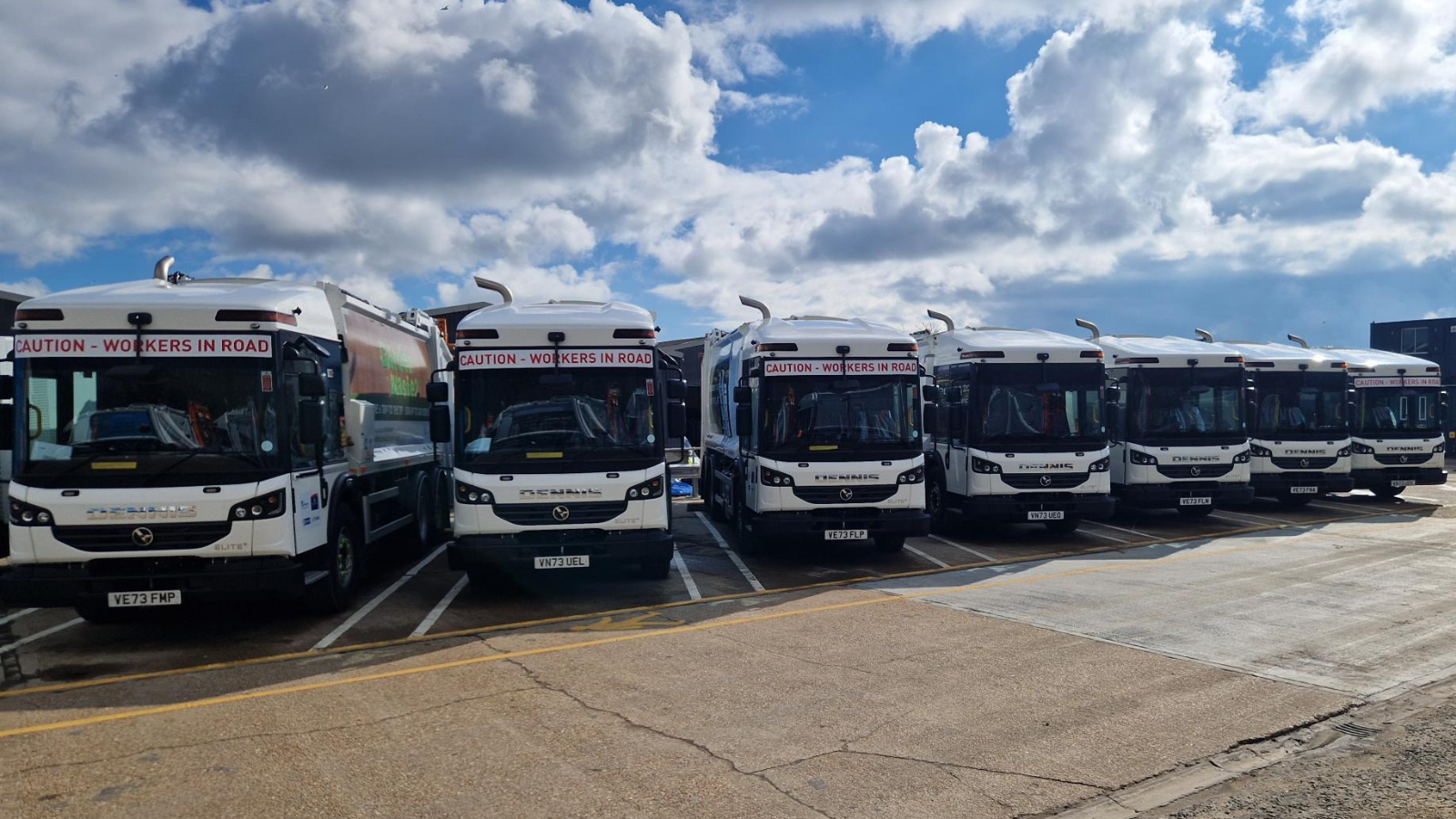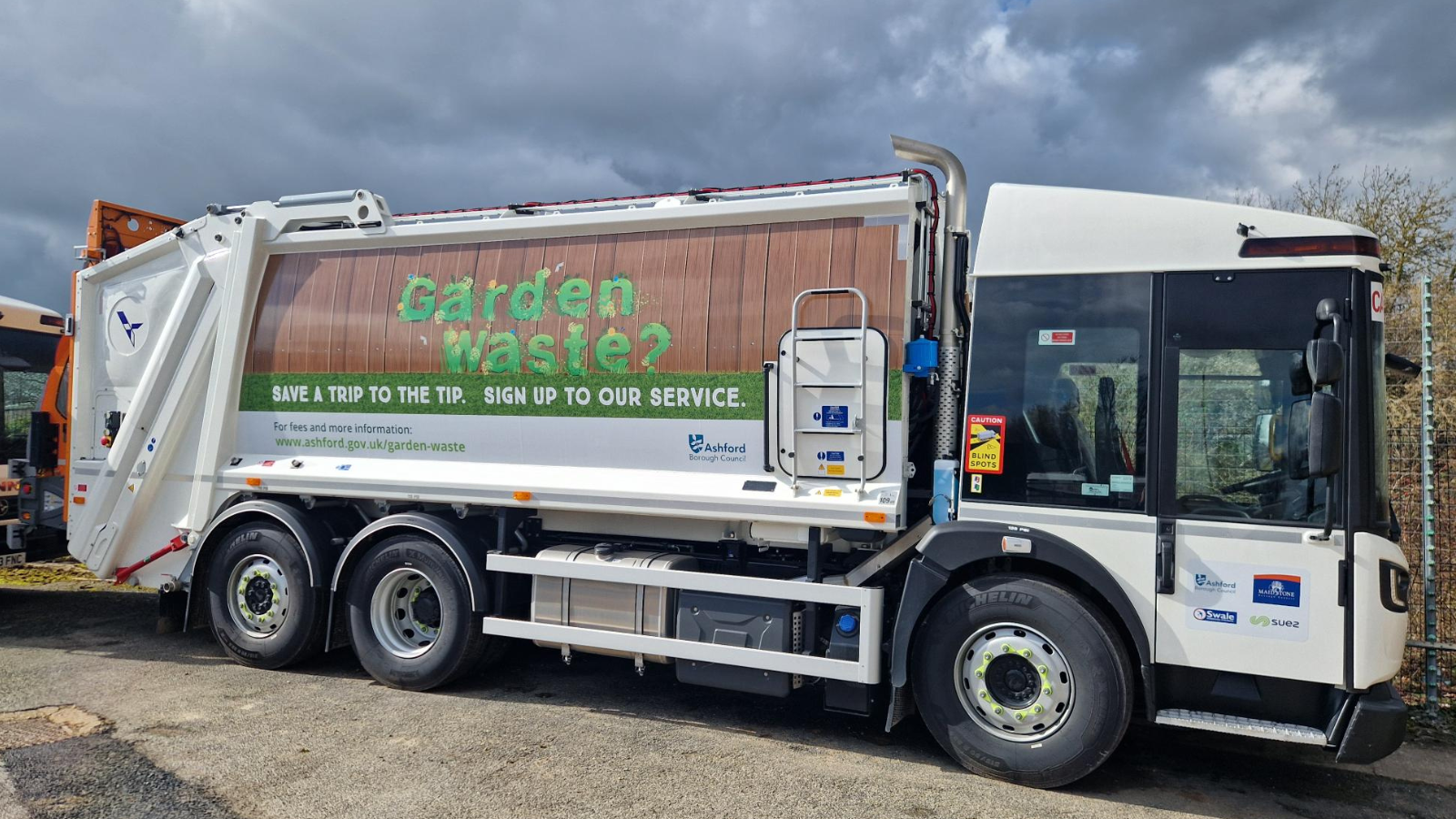The history of waste collection vehicles
Digging through the Dennis Eagle archives and input from its CRM, Data & Insights Manager, Andy Graves, a picture can be seen of how waste collection vehicles have evolved over more than a century.

In the early 1900s waste collection was done with a simple horse and cart. The carts grew bigger over time but were still based on the horse-drawn ‘chassis’ design, with ‘rear end loading’ carts brought in around 1908, and ‘side loaders’ for narrow access areas. By around the First World War, covered cabs were introduced for horse-drawn vehicles to protect the crew from the weather.
Motorised vehicles were offered by the likes of Shelvoke & Drewry and Dennis, by the 1920s, often based on military vehicles. Towards the end of the 1920s, vehicles with demountable containers for different waste streams were in use – segregating materials – and in the 1930s use of a foot treadle can be seen to operate the body cover.

Interestingly, electric refuse vehicles were introduced around 1935. A clipping from the time declares: “The entire fleet of 80 battery-driven electric cleansing vehicles at Sheffield is fitted with Kathanode Batteries – no finer testimony to the efficiency and reliability of Kathanode could be given.”
Another clipping shows the comparative costs of ‘electric versus horse for refuse removal’. The weekly costs for an electric van were cheaper than a one-horse van.
Compaction vehicles were available around 1936 but the advent of World War II meant vehicles had to cover a range of duties and were fitted with steps at the rear to carry more crew. Recycling was vital in the war: photos show salvage baskets on waste vehicles with messages to ‘save waste paper’ and that ‘raw material is war material’.
By 1957 Dennis’ major competitor, Shelvoke & Drewery, introduced the ‘Fore & Aft Tipper’ and in 1961 a rounded cab for improved turning circle. By the 1960s Dennis had developed a range of diesel power chassis and their own waste bodies, but often supplied chassis to other bodybuilders.
Evidence of bin lift systems can be seen in the 1970s, as well as the introduction of continuous loading.
Dennis Eagle was formed around 1985 and its new Delta cab was introduced in 1988, but drastic changes were needed after the introduction of The Health & Safety Executive’s PM52 guidelines.
The Elite chassis considered revolutionary, was introduced in the 1990s, with its low-entry cab, good driver vision, and automatic gearbox. Paired with a Phoenix 2 body designed for wheeled bins, it marked the advent of the RCV we know today.
Today’s Elite+ cab has improvements including an emergency stop button, autonomous emergency braking system, and individual drinks holders for the crew, while the Olympus and Olympus Twin Pack (to collect two waste streams) are the current body models – quite the departure from the humble horse and cart of the early 1900s.